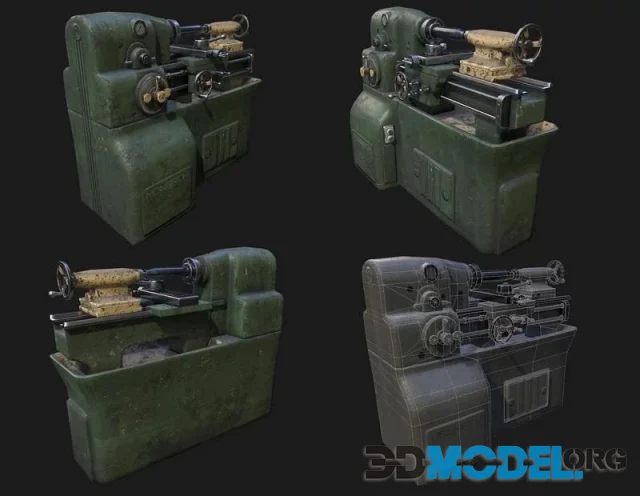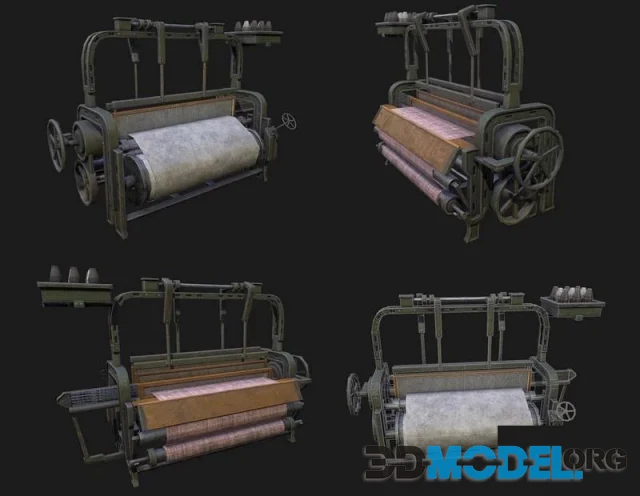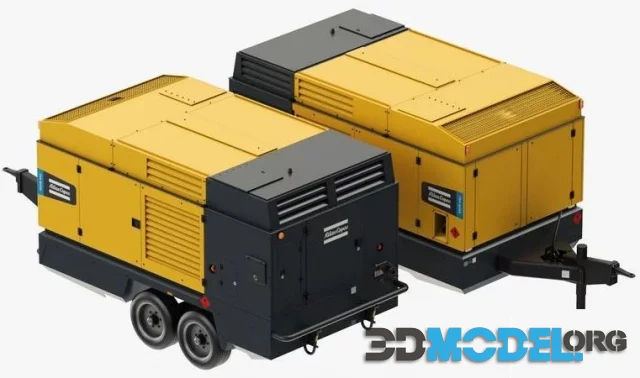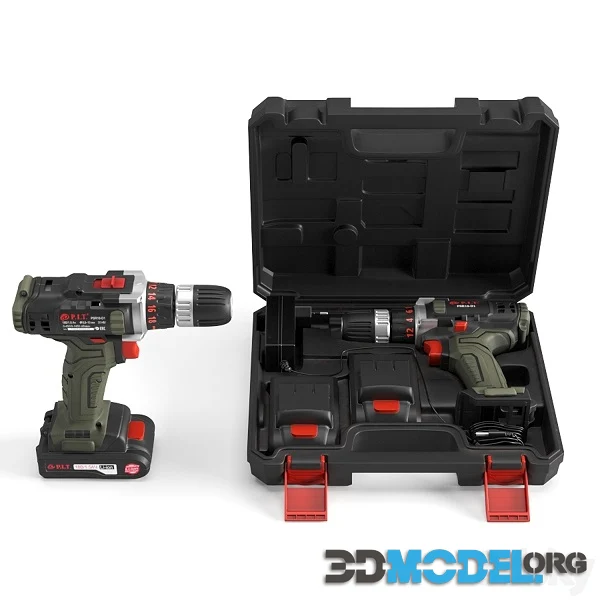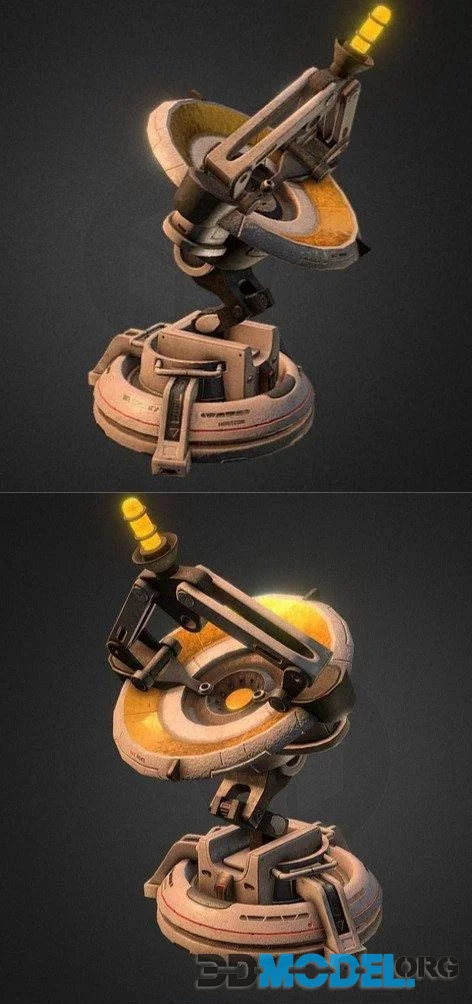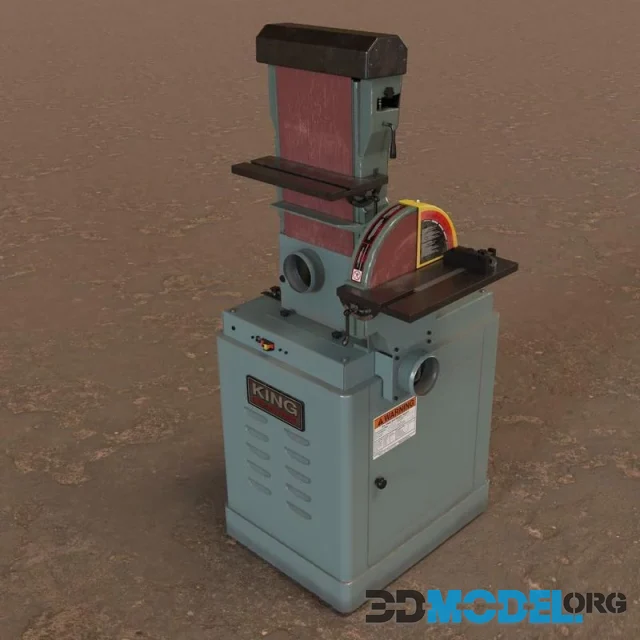World War II aircraft workbench (PBR)
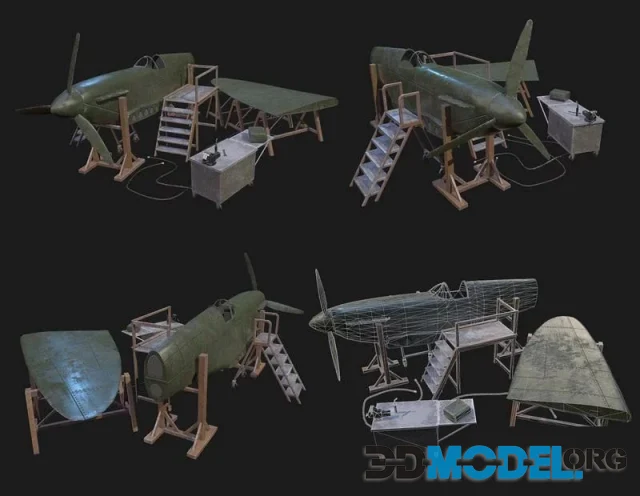
A top-notch workbench is essential in any aircraft workshop. Whether constructing a kit plane or customizing an existing build, you simply can't begin the job without one.
At the dawn of aviation history, wooden aircraft were constructed. However, by the end of World War II, metal construction had become commonplace - providing improved speed and aerodynamics.
During World War II, the United States and other nations developed airplanes that were faster, stronger, and better able to hit their targets. These technological advances ultimately contributed to the Allies' victory in the air battles.
In addition to airplanes, the Allies used rockets and radar in battle against Germany. Pilots who flew these more advanced types of aircraft were known as flying aces.
Some ace pilots became legendary for their skill and precision in shooting down or damaging numerous enemy planes. Others earned notoriety based on their service length or how often they could fly.
The Allies Air Forces had to train thousands of men for their roles as maintenance technicians and ground personnel. While some were sent to specialized schools within the Army Air Force or other branches, most received on-the-job instruction.
Combat aircraft evolved, so did the need for ground crews to support them. These men were responsible for operating chemical ammunition depots, filling and decontaminating airplane spray tanks, repairing or salvaging equipment, as well as performing other tasks related to air-sea rescue and other services.
3d-model is executed in detail and quality. PBR-textures included.
File type: MAX, FBX, OBJ
Ctrl
Enter
Noticed a misTake
Highlight text and press Ctrl+EnterRelated news:
Comments (0)

